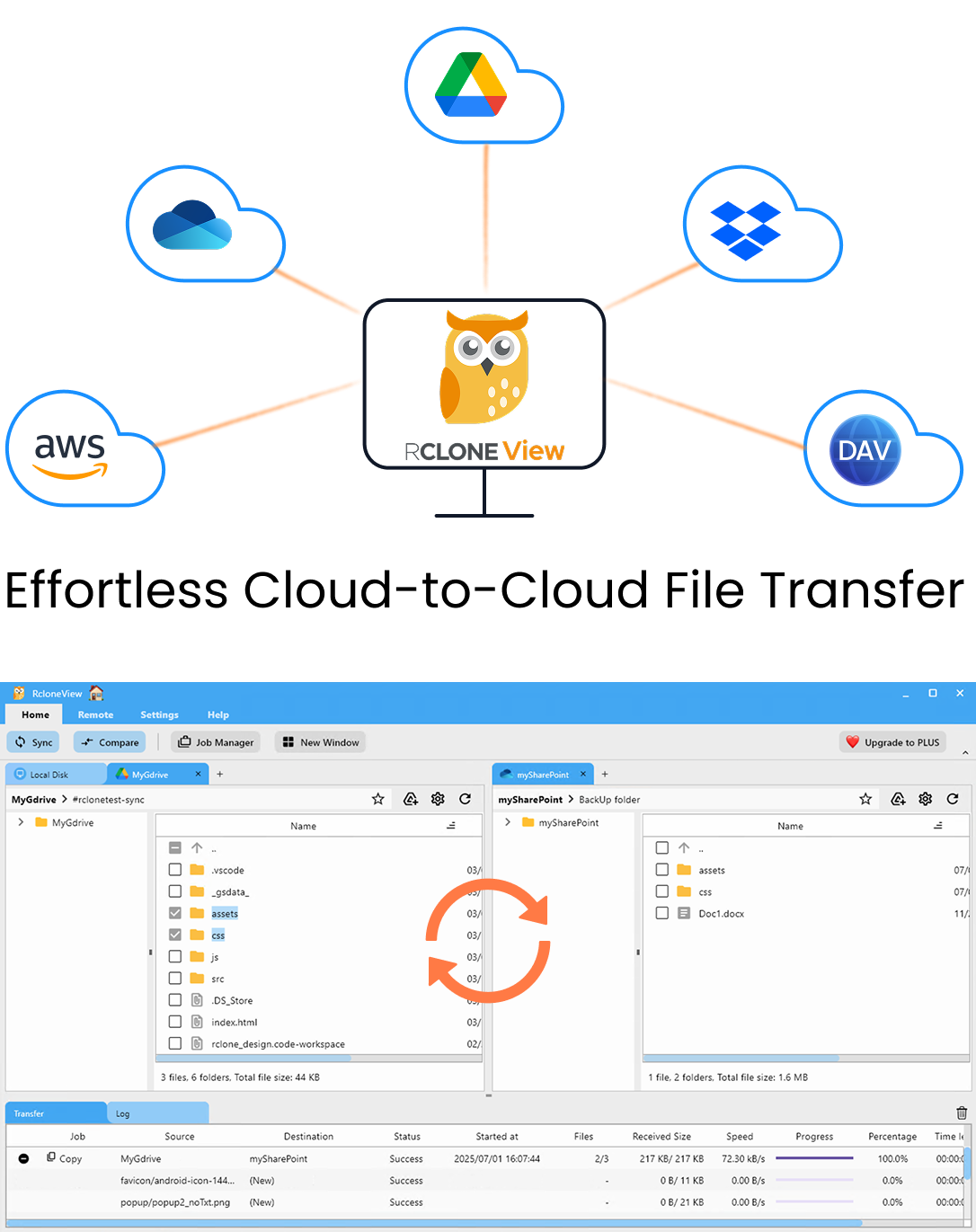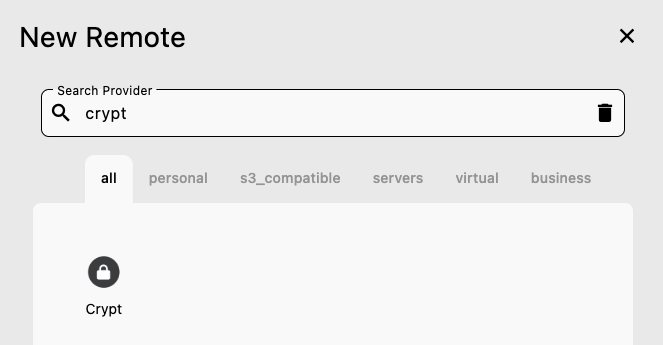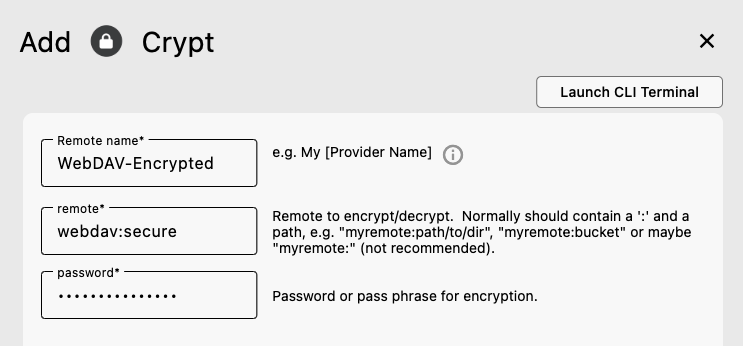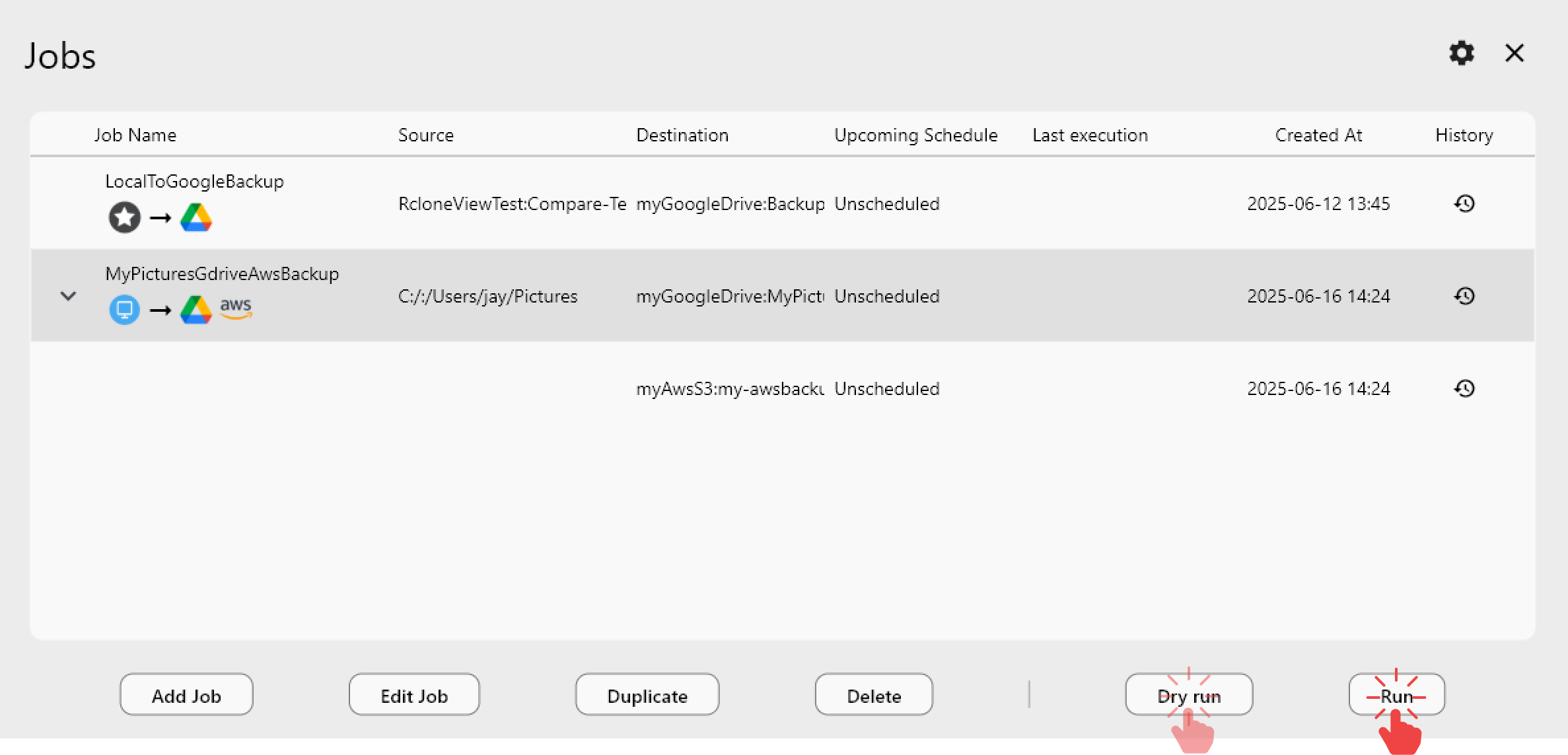How to Encrypt Cloud Backups: Secure Google Drive, OneDrive, and S3 with RcloneView
Keep your sensitive files safe—even in the cloud. With RcloneView, you can encrypt and manage your cloud backups visually using rclone’s crypt backend, ensuring complete privacy for Google Drive, OneDrive, S3, and more—no scripting needed.
Why encrypt your cloud backups?
Cloud storage is convenient and reliable, but your files still live on someone else’s servers. Without encryption, service providers (or anyone who gains access to your account) could read your data.
Encrypting your cloud backups gives you true ownership of your information—only you hold the decryption key.
Top reasons to encrypt your data before upload:
- 🔒 Privacy — prevent unauthorized access or leaks.
- 🧩 Compliance — meet organizational or legal data security standards.
- 💼 Control — choose your own keys and encryption method.
- 🌐 Portability — move encrypted data between clouds without losing protection.
Understanding rclone’s “crypt” remote
The crypt backend is rclone’s built-in encryption layer. Instead of encrypting files manually before upload, it transparently encrypts filenames, directory structures, and content as data is transferred.
When combined with RcloneView, you can configure and manage crypt remotes through a simple GUI, making cloud encryption accessible for everyone.
How it works
- You set up a “base remote” — for example, your Google Drive, OneDrive, or S3 bucket.
- You create a new crypt remote that points to a folder within that base remote.
- Files uploaded through the crypt remote are encrypted automatically.
- When browsing through RcloneView, files appear normally—but the cloud only stores encrypted data and names.
| Example | Description |
|---|---|
gdrive: | Regular Google Drive remote |
gdrive-crypt: | Encrypted layer inside your Google Drive |
/gdrive/Encrypted/ | Physical folder that stores encrypted versions of your files |
Even if someone accesses your cloud account, they’ll only see scrambled filenames and unreadable data.

Manage & Sync All Clouds in One Place
RcloneView is a cross-platform GUI for rclone. Compare folders, transfer or sync files, and automate multi-cloud workflows with a clean, visual interface.
- One-click jobs: Copy · Sync · Compare
- Schedulers & history for reliable automation
- Works with Google Drive, OneDrive, Dropbox, S3, WebDAV, SFTP and more
Free core features. Plus automations available.
Step 1 — Preparation
Before creating your encrypted cloud backup:
- Decide what to encrypt — whole drive or just specific folders (e.g.,
/Private/,/Archives/). - Choose your target cloud — Google Drive, OneDrive, Amazon S3, Wasabi, or others supported by rclone.
- Create or locate a secure folder on the cloud to store encrypted files.
- (Optional) Back up unencrypted versions before applying encryption.
🔍 Helpful guides:
Step 2 — Create an encrypted remote in RcloneView
RcloneView makes creating a crypt remote as simple as a few clicks.
- Open RcloneView → click
+ New Remote. - Choose Crypt (Encrypted Storage) as the remote type.

- Select the underlying storage (e.g., your existing
WebDav', 'Google DriveorS3remote). - Specify a path within that remote (e.g.,
webdav:secureordrive:documents/encrypted).

- Set your encryption password and optional salt.
- Use a strong, unique password—RcloneView stores it securely on your machine.
- Name your encrypted remote (e.g.,
WebDav-EncryptedorS3-Secure).
Once complete, your encrypted remote appears alongside your normal remotes in RcloneView’s sidebar.
Step 3 — Transfer and sync encrypted data
You can now use all of RcloneView’s powerful features—Drag & Drop, Compare, and Sync Jobs—to handle encrypted transfers between your local files and the crypt remote.
A) Drag & Drop
Simply drag folders from your local drive into your encrypted remote (e.g., Drive-Encrypted:).
RcloneView encrypts each file as it uploads.
👉 See more: Copying Files using Drag and Drop
B) Compare & Copy
Run Compare to preview updates and differences between your local folder and the encrypted remote.
Only changed files will be re-encrypted and uploaded.
👉 See more: Compare and Manage Files
C) Sync & Scheduled Jobs
Automate your encryption routine.
Create a Sync Job that mirrors local folders into your crypt remote every night or week—ensuring all new files are encrypted and safely stored off-site.
👉 See more:

Step 4 — Verify your encryption
RcloneView allows you to browse encrypted remotes visually, but the cloud-side content remains unreadable.
To verify:
- Open your cloud drive web interface—files should have randomized names and extensions.
- Try downloading them directly; they’ll appear as encrypted data.
- Open through RcloneView, and they decrypt transparently.
This confirms your encryption setup is working correctly.
Pro tips
- Backup your configuration file (
rclone.conf) securely—it contains your encryption keys. - Never share your passwords or salts. Losing them means losing access to your encrypted data.
- Combine crypt with compression (e.g.,
.zipor.7z) for efficient encrypted archives. - Test decryption occasionally to confirm your data is restorable.
- Layer encryption: for extra-sensitive folders, you can stack multiple crypt layers or encrypt across different clouds.
Conclusion — Privacy meets simplicity
- Why it matters: Encryption ensures your files stay private, even in the cloud.
- How it works: The rclone crypt remote encrypts filenames, folders, and content—managed easily through RcloneView’s GUI.
- What you gain: a seamless way to protect sensitive data across Google Drive, OneDrive, S3, and more.
You don’t need command-line expertise to secure your digital life—RcloneView brings powerful encryption to everyone.
FAQs
Q. What is a crypt remote?
A. It’s an encrypted overlay created in rclone (and managed by RcloneView) that automatically encrypts all files before uploading and decrypts them when accessed locally.
Q. Are filenames encrypted too?
A. Yes—both filenames and folder structures can be encrypted, depending on your chosen options.
Q. Can I access my encrypted files without RcloneView?
A. Yes—if you have your rclone.conf file and keys, you can access them via the rclone CLI or any compatible client.
Q. What happens if I lose my encryption password?
A. Unfortunately, you’ll lose access permanently. Keep your passwords and configuration securely backed up.
Q. Does encryption slow down transfers?
A. Slightly—but RcloneView manages this efficiently, with minimal impact during uploads or syncs.
Q. Can I use crypt with S3-compatible storage like Wasabi or R2?
A. Yes—the crypt remote works with any backend supported by rclone, including S3, Wasabi, Cloudflare R2, Backblaze B2, and more.
Secure your cloud backups today—because privacy shouldn’t require coding.